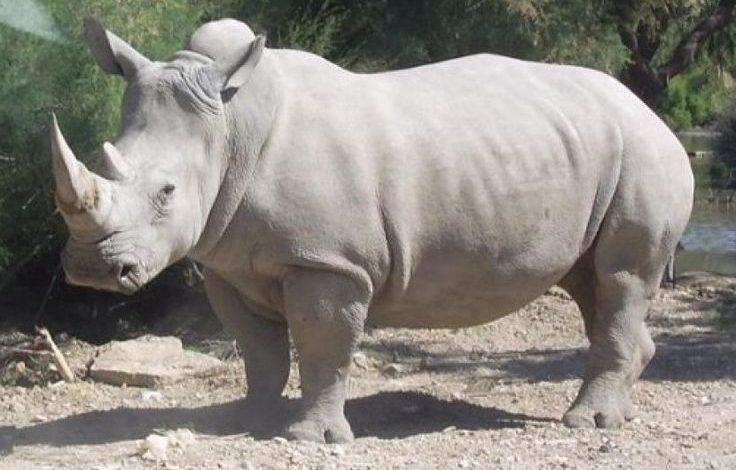Why white rhinoceros roamed freely at Ngorongoro

TANZANIA: FOSSIL evidence from archaeological sites of Olduvai and Laetoli shows the existence of Ceratotherium praecox as an extinct species of white rhinoceros and considered the earliest representative of the genus Ceratotherium, which today includes the living white rhinoceros (Ceratotherium simum).
It lived during the Pliocene to early Pleistocene, between 3 and 1.5 million years ago and its fossils have been recovered from several important East African sites, including Ethiopia, Kenya and Tanzania, with notable remains from Laetoli and Olduvai Gorge.
Morphologically, the extinct white rhinoceros (C.praecox) closely resembled its modern descendant but was more gracile in build. Like the living white rhino, it displayed adaptations for grazing, such as a broad, squared muzzle suited to feeding on grasses, though it retained some distinct differences in skull and dental morphology.
Evolutionarily, the extinct white rhinoceros is seen as the direct ancestor of the modern white rhinoceros, marking the emergence of the specialised grazing adaptations that define the genus. They extinct in a context of major global climatic change around 3-1.5 million years ago. During this period global temperatures decreased gradually and the Sahara became gradually more arid.
ALSO READ: Ngorongoro Crater tops tourist attractions in Africa
These changes in climatic system had important effects on the fauna. Around the same time the first stone tools and first human species appeared, these changes are reflected in the evolution of the white rhinoceroses.
White Rhinoceros skull (Ceratotherium praecox) from Laetoli site at Ngorongoro area dating to 2.7 million years ago. The fossil specimen is displayed at the Olduvai Gorge Museum.





